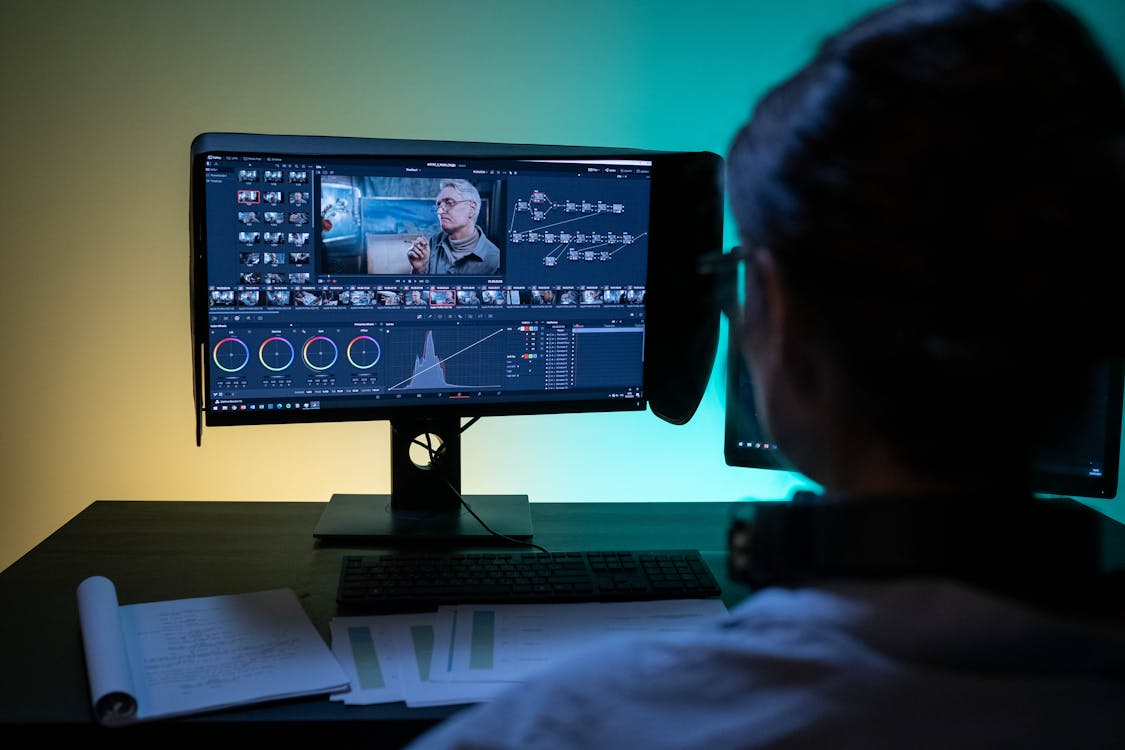In the wave of digital globalization, the seamless flow of information has become more crucial than ever. However, in the medical field, this flow is not merely about efficiency; it directly relates to patients' lives and health, as well as industry compliance. Medical document translation is far more than a simple linguistic conversion; it is a highly specialized service demanding extreme precision and strict adherence to regulations.
Medical Document Translation: The Critical Need for Precision
Medical documents encompass a wide array of types, from patient records, diagnostic reports, and drug instructions to clinical trial reports, medical device manuals, and regulatory submissions. The inherent nature of these documents dictates the essence of their translation: any minor deviation can lead to severe consequences.
Imagine a critical patient record, due to a translation error, leading a physician to misdiagnose a condition; or a drug instruction, due to inappropriate wording, causing a patient to misuse medication. Such errors are not merely financial losses; they are direct threats to life and health. In the realm of clinical trials, translation errors can invalidate data, even jeopardize the safety of participants, thereby delaying the market launch of new drugs and hindering global medical progress.
The criticality of precision is rooted in two core pillars of the medical field: regulation and ethics. At the regulatory level, countries worldwide have stringent regulations, such as HIPAA (Health Portability and Accountability Act) in the United States and GDPR (General Data Protection Regulation) in the European Union, which set clear requirements for the privacy, security, and accuracy of medical information. Any violation of these regulations can result in substantial fines and even legal action. At the ethical level, the primary duty of medical professionals is the "do no harm" principle, and accurate medical information is fundamental to fulfilling this principle.
Challenges: Specialized Terminology and Error Risks
The complexity of medical document translation is primarily reflected in its highly specialized terminology. Medicine is a vast and intricate discipline with its unique linguistic system. From anatomy and physiology to pharmacology and pathology, each branch has a plethora of specialized vocabulary, acronyms, and jargon. For instance, the same word might mean one thing in everyday English but signify a completely different concept in a medical context. A common challenge is polysemy; for example, "positive" in a diagnostic report might mean "positive result," while in other contexts, it could mean "optimistic" or "affirmative."
Furthermore, medical information is often highly dense, containing large amounts of data, charts, and complex logical relationships. Translators must not only understand the meaning of individual words but also accurately grasp the context, logical structure, and implicit information of the original text. For example, a complex clinical trial protocol requires not only the translation of its textual content but also the accurate transmission of critical information such as trial procedures, dosage units, and statistical methods.
The risk of errors is ubiquitous in medical translation. In addition to the specialized terminology challenges mentioned above, cultural differences can also lead to misunderstandings. The description of certain diseases and the expression of symptoms may subtly differ across various cultural backgrounds. Simultaneously, time pressure and the sheer volume of documents also increase the probability of errors. A careless typo, a transposed digit, can trigger a chain reaction.
The Synergistic Roles of AI and Human Translators
On the path to achieving precision and compliance, Artificial Intelligence (AI) and human translators each play indispensable roles.
AI translation technology, particularly Neural Machine Translation (NMT), shows immense potential in processing large volumes of text and enhancing translation efficiency. AI can quickly identify and translate common medical terms and, to some extent, learn and apply contextual nuances. For highly repetitive, consistently formatted documents, AI can significantly shorten translation cycles and reduce costs. For example, AI can assist in filtering and pre-translating vast amounts of literature, providing preliminary drafts for human translators.
However, AI's limitations are equally evident. While AI excels at pattern recognition, it lacks a deep understanding of medical expertise, precise contextual judgment, and sensitivity to cultural nuances. AI cannot truly grasp the ethical considerations behind medical decisions, nor can it identify complex concepts that require "creative" translation for accurate conveyance. For instance, the conclusions of a clinical study often require human translators to leverage their medical background knowledge, comprehensively assess potential impacts, and select the most appropriate phrasing.
This is precisely where human translators play a crucial role. Professional medical translators are not only proficient in two or more languages but also possess deep medical background knowledge. They can accurately understand complex medical concepts, identify potential ambiguities, and re-create content precisely based on the target language's expression habits and cultural context. They can identify potential errors in AI translations, proofread and standardize terminology, and ensure that the translated content complies with specific national or regional regulatory requirements. For example, for regulatory documents to be submitted to the FDA or EMA, human translators can ensure adherence to strict formatting and linguistic standards.
Therefore, the best practice model involves synergistic collaboration between AI and human translators. AI serves as a powerful assistive tool, capable of handling large volumes of repetitive tasks and improving efficiency. Human translators, in turn, focus on review, proofreading, refining, and addressing complex content that requires in-depth understanding and professional judgment, ensuring the ultimate precision, fluency, and compliance of the translation. This human-machine collaboration model not only enhances translation quality but also shortens project timelines, providing robust support for the globalization of the medical industry.
Examples of Translation Errors and Their Impact
History is replete with cases where medical translation errors led to severe consequences, constantly reminding us of the importance of precision.
A widely known case involved a Spanish-speaking patient whose medical record contained the word "intoxicado" (meaning "poisoned" or "intoxicated" in Spanish), which was translated as "intoxicated" (commonly referring to "drunk" in English). However, the patient was actually poisoned due to drug overdose. Due to the misleading translation, doctors initially failed to diagnose accurately, thereby delaying proper treatment and leading to tragic outcomes.
Another instance occurred in a clinical trial. A drug insert, when translated into multiple languages, suffered from confusion in dosage units. For example, the confusion between milligrams (mg) and micrograms (µg) led to trial participants receiving incorrect dosages, severely affecting the validity of the trial results and posing potential risks to patient health.
These cases clearly demonstrate that even seemingly minor translation errors can be magnified indefinitely in a medical context, leading to catastrophic impacts.
Growing Demand for Medical Translation Services
With increasing global population mobility, strengthening international medical cooperation, and the widespread adoption of telemedicine, the demand for medical translation services is experiencing explosive growth.
Statistics indicate that the global medical translation market is continuously expanding. For instance, data suggests that the global medical device market is projected to reach hundreds of billions of dollars by 2027, and all instruction manuals and registration documents for these devices require precise translation. Similarly, the globalization of the pharmaceutical industry means that drug research, development, approval, and sales all necessitate cross-linguistic communication, undoubtedly driving the demand for high-quality medical translation services.
Furthermore, with the rise of digital health and telemedicine, cross-language communication between patients and healthcare professionals has become more frequent. Electronic health records, health management apps, and online consultation platforms all require multilingual support, further exacerbating the need for professional medical translation.
Conclusion
The precision and compliance of medical document translation are indispensable red lines in the healthcare field. It is not merely a technical challenge but an embodiment of ethical responsibility. Navigating the ocean of specialized terminology and operating within strict regulatory frameworks, ensuring every document is impeccable, is the most fundamental respect for life. By combining the expertise of human translators with the powerful efficiency of artificial intelligence, we can better meet this challenge and safeguard the thriving development of global healthcare.
If you are seeking translation services that are precise, efficient, and fully compliant with medical industry standards, Artlangs Translation is your ideal choice. We boast a team of experienced professional translators who are well-versed in medical terminology and industry regulations, ensuring your medical documents maintain the highest level of precision and compliance in any linguistic environment.











